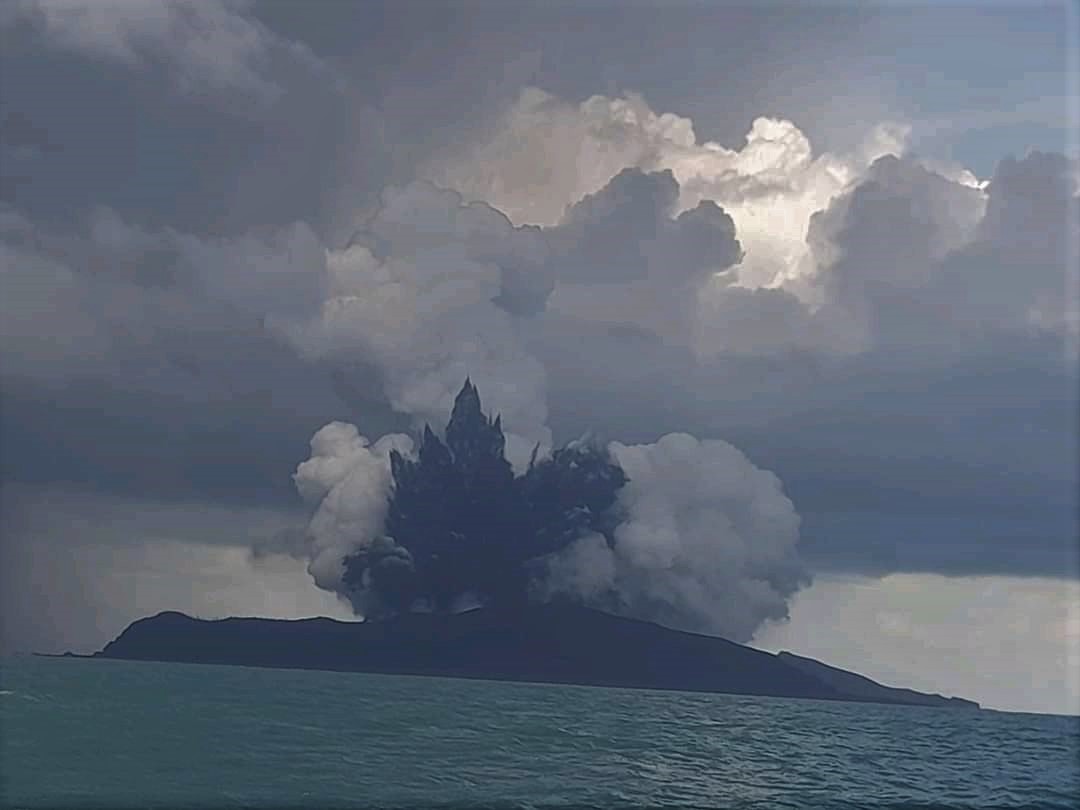December 30, 2021. EN. La Réunion Island : Piton de la Fournaise , Iceland : Reykjanes Peninsula , Italy : Stromboli , Tonga Islands : Hunga Tonga-Hunga Ha’apai , Chile : Laguna Del Maule , Spain / Canary Islands : Cumbre Vieja .
December 30 , 2021. La Réunion Island , Piton de la Fournaise : Press release of December 30, 2021 - 10:00 a.m. The eruption that began on December 22,…

